All Categories
- All Categories
- Cruise
- Customer Message
- flower
- Hokuriku tourisum
- Ibaraki tourism
- Japanese Culture
- Japanese foods and drinks
- Japanese lesson
- Kanagawa tourism
- Kyoto tourism
- LGBT
- Messe
- Mie
- Nagano tourism
- Nature in Japan
- News
- Nihongo
- Osaka Accommodation
- Otaku
- Ryokan
- Saitama tourism
- Shikoku tourisum
- Shizuoka tourism
- shopping
- Tohoku tourism
- Tokyo tourism
- Topics
- Tottori
- Transportation
- Travel Information
- Travel Tips
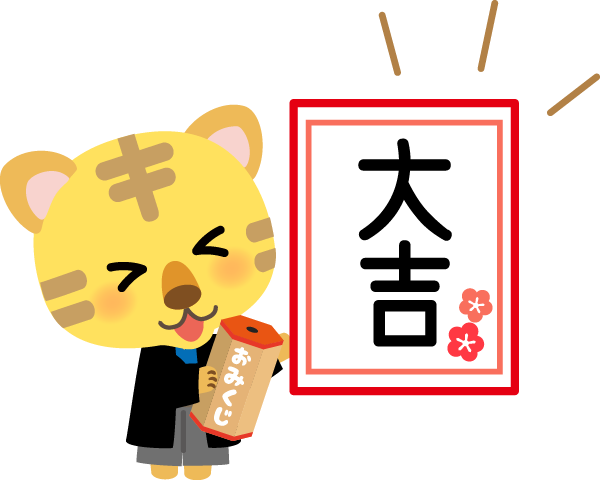
There are many temples and shrines in Japan.
Many Japanese people visit them, especially at New Year, to wish themselves good luck.
In tourist areas, many worshippers also visit them outside the New Year.
Many try OMIKUJI after they finish the prayer.
Omikuji is one of the traditional forms of fortune telling in Japan. It is usually practiced at shrines and temples. Omikuji is a way to learn about one’s destiny and a prediction of the future, and many people look forward to it.
To draw an omikuji, you must first go to a place in a shrine or temple where omikuji is available. There, you may have to pay a certain fee or put money in a box. Usually, it costs between 100 and 300 yen to draw an omikuji. Then you get a small paper strip from the box or container provided.
The paper strip, also called an omikuji, is usually printed with characters or information. Each character represents a particular fortune or message. “Daikichi,” for example, means “the greatest luck” and represents good fortune and success. “Kyo,” on the other hand, represents bad luck or trouble and urges caution.
After you draw an omikuji, you can read its contents to learn its meaning. Omikuji may contain advice or prophecies related to good luck, health, love, and work.
Even if you are not satisfied with the result of your omikuji, there is no need to worry. The omikuji is just an indication, and you can change your future through your actions and efforts. If you receive an omikuji that indicates bad luck, you can tie it to a string connected to the omikuji stand at the shrine or temple. The shrine priests or temple monks will take care of it appropriately so that you will be protected from bad luck. However, remember to heed the message and be careful in your actions.
Here are some words frequently found in Omikuji:
大吉 Daikichi (Great Blessing): The best of luck.
吉 Kichi (Good Luck): A favorable good fortune.
中吉 Chukichi (Medium luck): Your luck may improve depending on your efforts.
小吉 Shokichi (Little luck): Neither good nor bad luck.
末吉 Suekichi (Future luck): Look to the future.
凶 Kyo (Misfortune): There may be trouble or misfortune. Be careful.
I studied Shinto at a university specializing in that field, and worked as a miko (shrine maiden) at a large shrine in Nagoya. During that time, I also sold omikuji, and they were very popular. The faces of the visitors were always cheerful, and they seemed very happy.
Although omikuji is widely accepted as part of Japanese culture and beliefs, it is also a pleasure for foreigners. If you have the opportunity to visit Japan, I highly recommend the Omikuji experience. You will be able to enjoy the anticipation of your happiness and future. Usually, the Omikuji is only in Japanese, so it is helpful to have a guide or someone who speaks Japanese to explain it to you. Recently, some temples, such as Senso-ji Temple in Asakusa, have started offering omikuji in English.
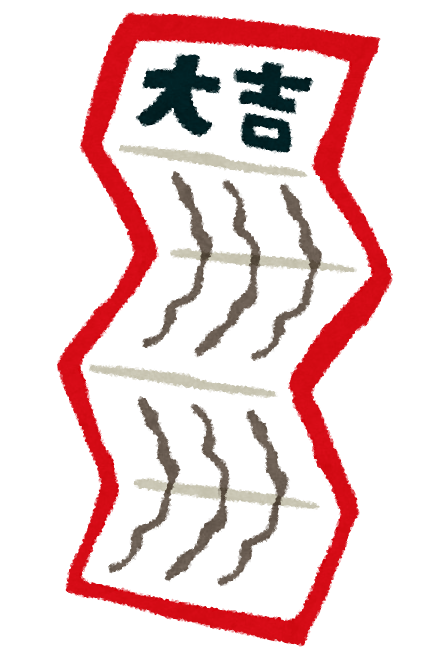
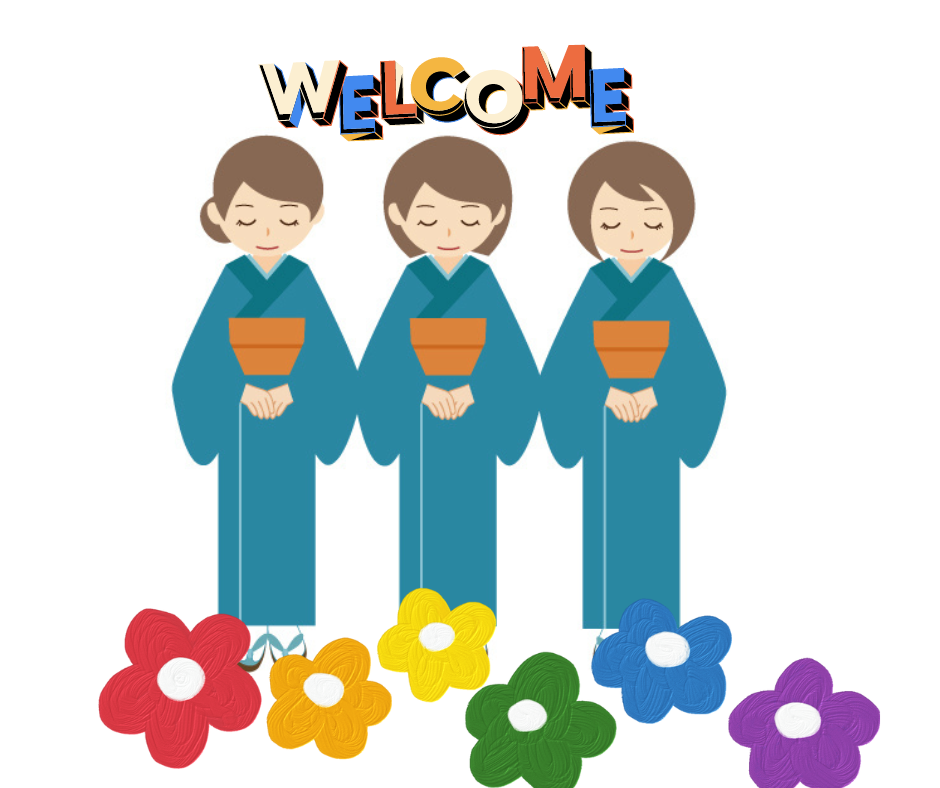
There is a history book called ‘Nihon Shoki’ (Chronicle of Japan) that was written about 1,300 years ago. In it, a gay couple named ‘Shinonohafuri’ and ‘Amanohafuri’ is described. This is probably the oldest surviving record of LGBT people in Japan. Additionally, homosexuality is also mentioned in famous classical literature such as ‘The Tale of Genji.’ Historically, Japanese attitudes toward homosexuality may have been very tolerant.
In recent times, a singer and actor named Akihiro Miwa is very famous. While biologically male, he has always presented himself as a beautiful woman. His relationship with the writer Yukio Mishima was also well-known (Yukio Mishima was married and had children). Mishima once said to Akihiro Miwa, ‘Your shortcoming is that you are not in love with me.’ The Japanese consider this episode a fine piece of literature.
Akihiro Miwa ↓
Incidentally, Japanese people usually travel as married couples or families, but it is also common for male-to-male and female-to-female friends to travel together and stay in the same room. For hotel and ryokan employees, it does not matter whether their customers are couples or simple friends. It is a misconception that a hotel that is not LGBT-friendly will refuse to accommodate guests. First of all, there is a ‘Ryokan Business Law’ in Japan that makes it very difficult for hotels to refuse accommodation.
Hotels and ryokans are prohibited from refusing accommodation except in the following cases: (Ryokan Business Law, Article 5).
When it is clear that the person who intends to stay is suffering from a contagious disease.
When it is apparent that the person intending to stay is likely to commit an illegal act or an act that disturbs public morals.
When there is no room in the accommodation.
You may be troubled by the term ‘public morals’ in item 2. Specifically, for example, you can interpret that a person who intends to stay at the accommodation is involved in one of the following:
If a person intending to stay overnight in an accommodation is a member of a crime syndicate, etc.
When engaging in behavior that causes significant inconvenience to other guests.
When violent demands or requests for an unreasonable burden are made regarding accommodation.
Are you a member of a crime syndicate? Are you a danger to others? If not, the hotel cannot refuse your accommodation due to the law.
In Japan, it is nice to relax in an onsen (hot spring). We hope you will enjoy it. In onsen ryokan, you can bathe in separate large baths for men and women. Please note that people with tattoos may be denied bathing.
Click here for an article about tattoos ↓
Why are tattoos frowned upon in Japan?
Female and male visitors to major public baths use the baths according to their gender at birth. If you experience any inconvenience or are unable to use the main baths due to your tattoo, do not be discouraged. Some ryokans have private baths or rooms with small outdoor baths. These private spaces allow you to relax without any worries.
My small travel agency can arrange such ryokans for you, and if you have any concerns, we can discuss them with you. I hope you enjoy your wonderful trip in Japan.

Since Japan is often mistakenly seen as reluctant to recycle, I would like to discuss this.
Currently, Japanese supermarkets and convenience stores charge for plastic bags. Some stores still offer them for free, but there have been debates on this issue.
How much resources can we save by reducing the use of plastic bags? Of the petroleum consumed in Japan, only 2.7% is used to produce plastics, and of that, plastic bags in turn account for 2.2%. In other words, plastic bags consume only 0.05% of petroleum. Even if this percentage were reduced to zero, it would have little impact on resource savings. This is because the material for plastic bags, polyethylene, is derived from naphtha, which is a byproduct of petroleum refining and was previously treated as waste. Even if the use of plastic bags is discontinued, it would have little effect on petroleum consumption.
In addition, waste incinerators in Japan are capable of withstanding high temperatures of over 800°C. Waste heat from the incinerators is used to generate electricity and heat water, and nearly 90% of the waste heat is recovered as energy.
The recycling rate for PET bottles in Japan was 86.0% in 2021. In comparison, the recycling rate for PET bottles in Europe in 2019 was about 57.5% (although this is already somewhat outdated data). PET bottles for beverages have plastic labels that can be easily peeled off. The Japanese remove the labels and caps and forward the PET bottles for recycling.
In Japan, candy is often sold in multiple packages. This is also due to the climate in Japan. Due to the high humidity, extra packaging is required in some cases to protect the products from moisture. Therefore, it is not possible to eliminate packaging completely.
People in Japan make it a point to look at environmental issues on a scientific basis, rather than emotionally, and find better solutions.
*The work of Japanese economist Nobuo Ikeda was used as a reference.

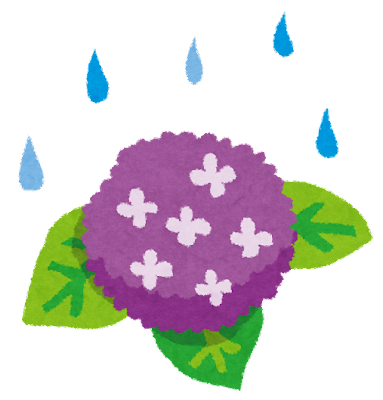
The best time to travel to Japan is a frequently asked question. I will be happy to give you all the information you need on this.
The New Year period, Obon (mid-August) and Golden Week (a consecutive holiday period in late April to early May) are vacation periods when Japanese people travel, so I can’t recommend it because it is very crowded everywhere, both on trains and planes.
Also, late July to mid-September gets very hot, and the risk of heat stroke increases. In addition, August and September is also typhoon season.
Flight and train delays, as well as cancellations, are more frequent, and in areas with strong typhoon effects, it can even be dangerous.
If you plan to travel during this time, always keep an eye on current weather and traffic conditions.
In general, spring and autumn are considered good times to travel to Japan. There are no objections there.
Before the rainy season begins, the climate is pleasant, and in late November to early December you can also enjoy the autumn foliage color.
In winter, depending on the destination you choose, you can travel without any problems, and there are fewer tourists, so you can make your stay pleasant.
You can also enjoy a quiet trip during the rainy season if you choose to stay in a particular region.
Staying in an onsen (hot spring)-ryokan(Hotel) is also a recommended idea. By the way, there is no rainy season on Hokkaido Island, so you don’t have to worry so much about rain.
I hope this information can help you plan your trip.
Japan has its own charm in every season, and you will be able to enjoy it no matter what time you come.
Take good care of yourself and enjoy your wonderful trip in Japan!
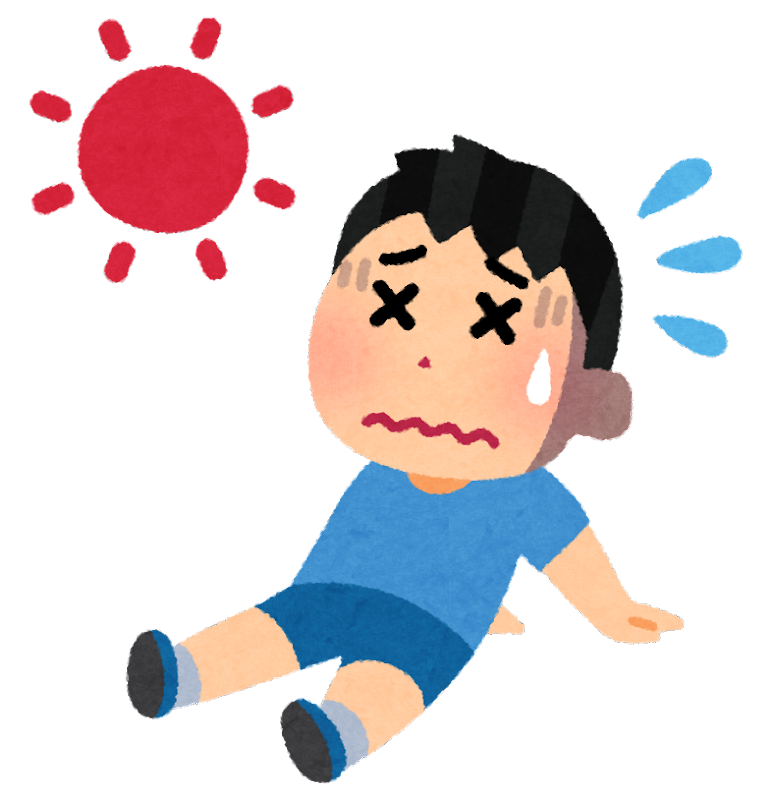
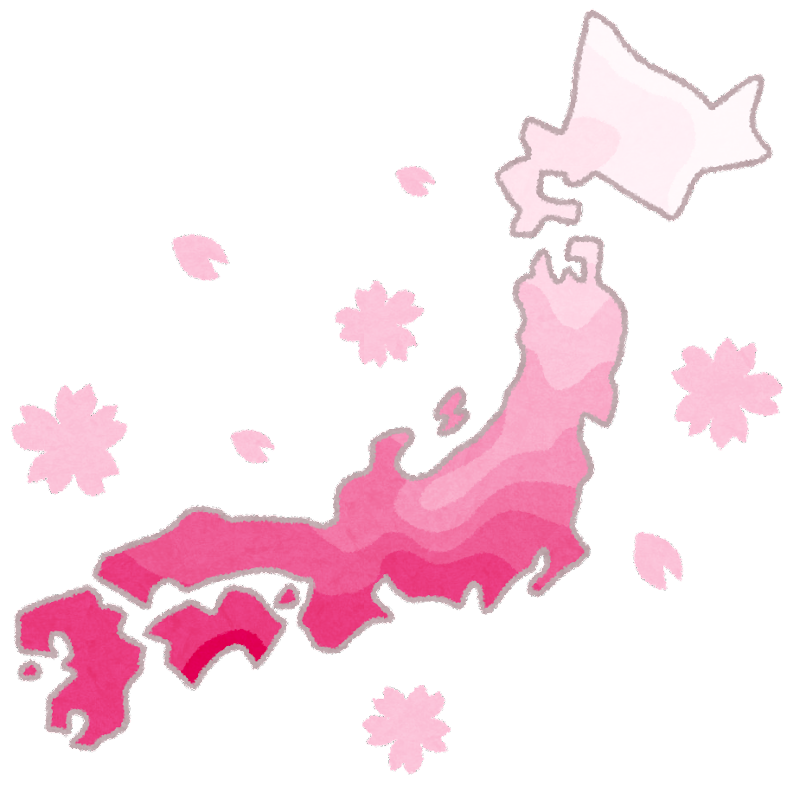
I would like to give you basic information about Japan that is often asked by our customers.
By May 1, 2023, the population of Japan is about 124.5 million people.
The area of Japan is about 377,972 square kilometers. Japan is an elongated country with a north-south extension of about 3,000 kilometers and an east-west extension of about 400 kilometers.
Germany is said to have a population of about 83.4 million people and an area of about 357,022 square kilometers, while Switzerland has a population of about 8.8 million people and an area of about 41,290 square kilometers. Austria has a population of about 8.91 million people and an area of about 83,879 square kilometers.
Don’t you think Japan is a pretty big country? Japanese people themselves often think that Japan is a small country, but in fact it is not so small.
Besides, many people have the image of a metropolis like Tokyo in their minds, so they tend to think that Japan does not have much nature.
The forest area of Japan is about 25,125,000 hectares, which is about 68% of the land area of Japan.
Japan has a long coastline due to its island location. The length of this is about 35,000 kilometers.
This is about 87.3% of the distance one would travel from Berlin to orbit the earth.
By the way, if you are considering a trip to Hokkaido, you should know that the area of Hokkaido is about 78,000 square kilometers.
The Czech Republic has an area of about 78,866 square kilometers. So Hokkaido is slightly smaller than the Czech Republic.
I recommend you to consider the size of Hokkaido before planning your trip.
There are even Japanese travelers who do not know the size of Hokkaido and travel there without awareness, which often causes astonishment among people in Hokkaido.

Japanese people say “Itadakimasu” by clenching their hands before eating. This is part of etiquette and is taught from childhood.
“Itadakimasu” means something like “I am about to receive my meal,” but has Buddhist validity.
Since ancient times, the Japanese have valued the life of plants and animals as if they were their equals.
Therefore, before each meal, people join their hands to the life of the rice, wheat, vegetables, fish, meat, etc. that they will eat.
It means, “From now on, I will live through them”.
We thanks to the life of the animals and other things.
This is the Japanese way of thinking.
That’s why children are scolded severely if they leave food or don’t like their favorite foods anymore. Because it is an action that wastes the life of someone or something.
The Japanese love to eat.
In Japan, there are many restaurants with Michelin stars. However, you don’t have to spend a lot of money to eat well.
Perhaps it is because people have always been told to eat everything with enjoyment and gratitude.

Many travelers may want to use a rental car to explore the Japanese countryside.
First, you will need a driver’s license, but not every international driver’s license is valid in Japan. There are several types of international driver’s licenses. The one that is valid in Japan is an international driver’s license based on the Convention on Road Traffic.
Austria, for example, issues a Geneva-style international driver’s license that allows you to drive in Japan. But Serbia and Bulgaria, in turn, do not issue them, so people from those countries are not allowed to drive in Japan.
There is another unique experiment.
Driver’s license holders from countries whose driver’s license systems are recognized as equivalent to Japan’s have valid driver’s licenses in Japan.This means that you can drive in Japan with the license you normally use in your home country.
These countries are the Swiss Confederation, the Federal Republic of Germany, the French Republic, the Kingdom of Belgium, the Principality of Monaco and Taiwan.
However, a Japanese translation of this driver’s license is required, which is issued by a Japanese official.
The original of this document must be carried, copies are invalid.
Of course, the original driver’s license from the home country must also be carried.
My small travel agency can assist in obtaining translation documents for the driver’s license.
I can also arrange rental cars and suggest deals depending on the season they are available.
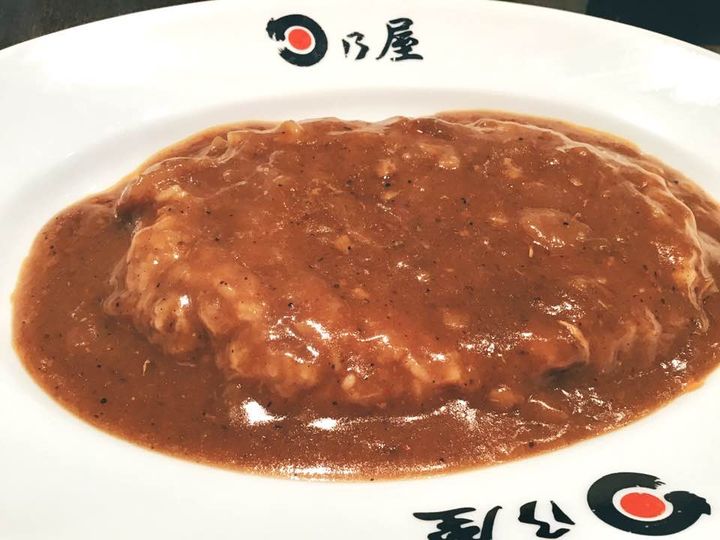
Curry is an Indian dish, but it is also commonly eaten in Japan.
Japanese curry has undergone its own development and is different from Indian curry.
In the 19th century, shortly after Japan opened to the outside world, curry was introduced to Japan.
Curry was introduced to Japan by the British. Since India was a British colony, curry was also available in the United Kingdom.
However, it also needs a mention of the Indians who contributed to the development of curry in Japan.
In Shinjuku, Tokyo, there is a historic restaurant called Nakamuraya.
A supporter of the Indian independence movement named Ras Bihari Bose had defected to Japan.
This was in the year 1915.
While Nakamuraya gave him shelter, Bose taught him how to make curry.
Today, Nakamuraya still serves delicious curry.
Curry was also put on the menu of the Japanese Navy.
The Royal Navy had curry on their menu, and it seems they imitated it.
Now the Maritime Self-Defense Force has adopted this tradition.
Every Friday, the officers of the Maritime Self Defense Force eat curry.
When you’re serving on a submarine, you lose your sense of the days of the week.
That’s why they always eat curry on Fridays to get a sense of the days of the week again.
Maritime Self-Defense Force curry can be eaten in Yokosuka and Kure.
There are also packaged ready-to-eat meals available.
There is a small JSDF store in Ichigaya where you can buy them.
When it comes to Japanese food, sushi and ramen are very famous.
However, you should also try curry.
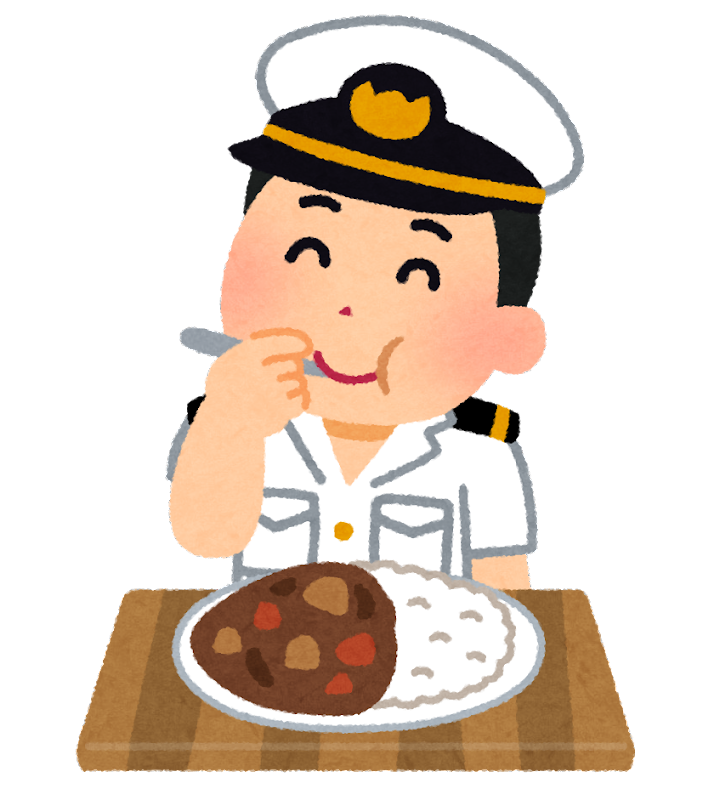

I received a happy message from one of my client.
Thank you!
My client is a family who loves Japanese cars and flowers, and they had a great time in Japan with their rental car.
Residents of Switzerland, Germany, France, Belgium, Monaco, and Taiwan can drive in Japan with their own driver’s license (original of course), provided that they have Japanese translation of the documents together with them.
I was asked to arrange for the Japanese translation of these documents and also to use the travel advisory services of my small travel agency.
I assisted the client with information on flower blooms, recommended places to visit, car rental arrangements, and other travel assistance.
The nice photos were taken by the customer.
・・・・・
Wir sind wieder zu Hause, der Flug war sehr lang, aber alles hat sehr gut geklappt. Wir haben es in Japan sehr geniessen können. Es hat uns erstaunt, wie gut alles funktioniert hat, trotz der anderen Sprache und Schrift. Wir haben nie zuvor ein Land gesehen, in dem alles so gut organisiert und übersichtlich ist, wie in Japan. Die Menschen sind sehr freundlich und hilfsbereit.
Falls mir jemand sagt, er gehe nach Japan werde ich ihnen gerne Ihre Mail-Adresse angeben für Tipps und Hinweise. Sie haben uns sehr geholfen, vielen lieben Dank dafür.
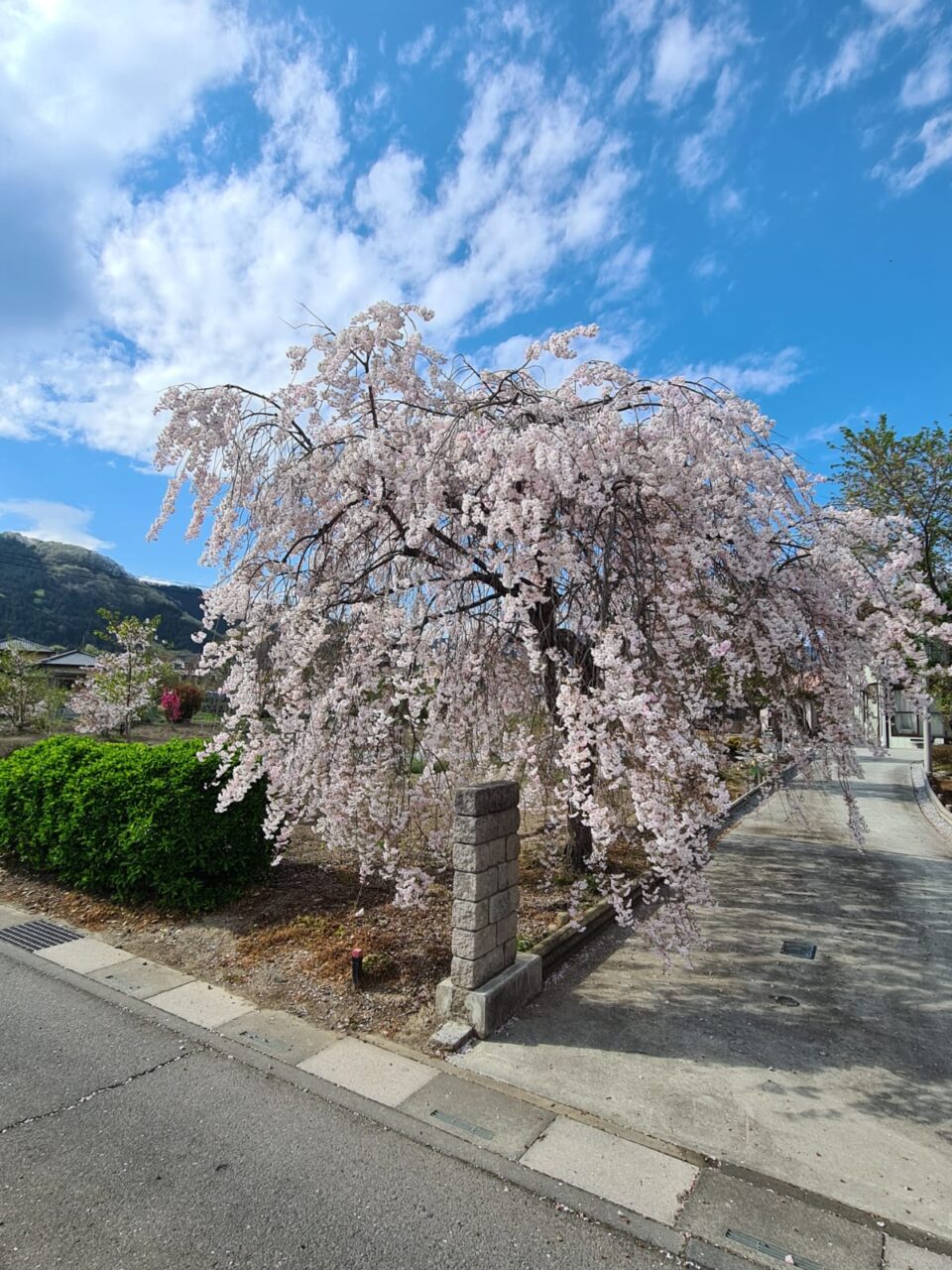
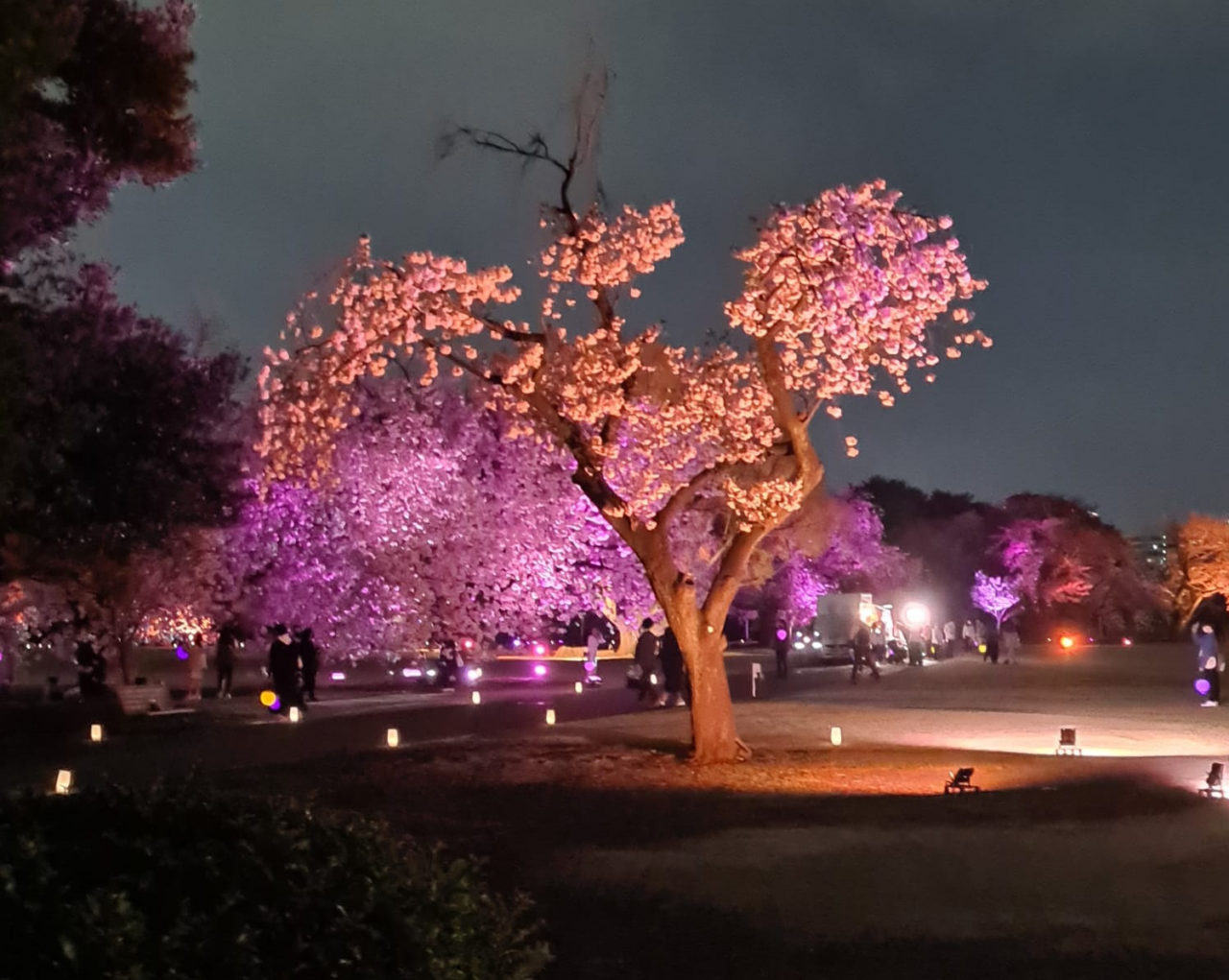

It was about 10 years ago, I think.
I took was on a flight from Vienna to Narita (Tokyo).
There was a foreign woman sitting next to me and we were talking in English.
She said she was an engineer living in Israel who was going to be in Japan for the first time on a business trip.
There were also Japanese tourists on the plane. Presumably they had been sightseeing in Vienna.
The Israeli woman then noticed that one of the tourists was wearing a mask.
Masks were not common in Europe or Israel at that time, which obviously struck her as odd.
I explained to her that the man with the mask probably had a cold.
He wears a mask in order not to pass on his cold to others.
She was very surprised.
He is not wearing the mask for himself, but for others!
I was surprised that she was surprised, because for us it was a normal thing.
And the Japanese have the same intention with the masks during the Corona pandemic.
We think that we might be infected with Corona and if we pass it on to others, it would be our fault.
The Japanese saw a supercomputer (Fugaku) generated simulation of droplet transmission,
examining the scientific risk of corona transmission when wearing or not wearing a mask.
Then, in another experiment, the type of mask was tested.
In Japan, masks made of nonwoven fabric are recommended.
N95 masks should be kept on hand for physicians, and the general public should wear nonwoven masks.
And as it is typical for Japanese people, they like cute things, so colorful masks and masks with beautiful patterns are sold.
It is a good souvenir from Japan.
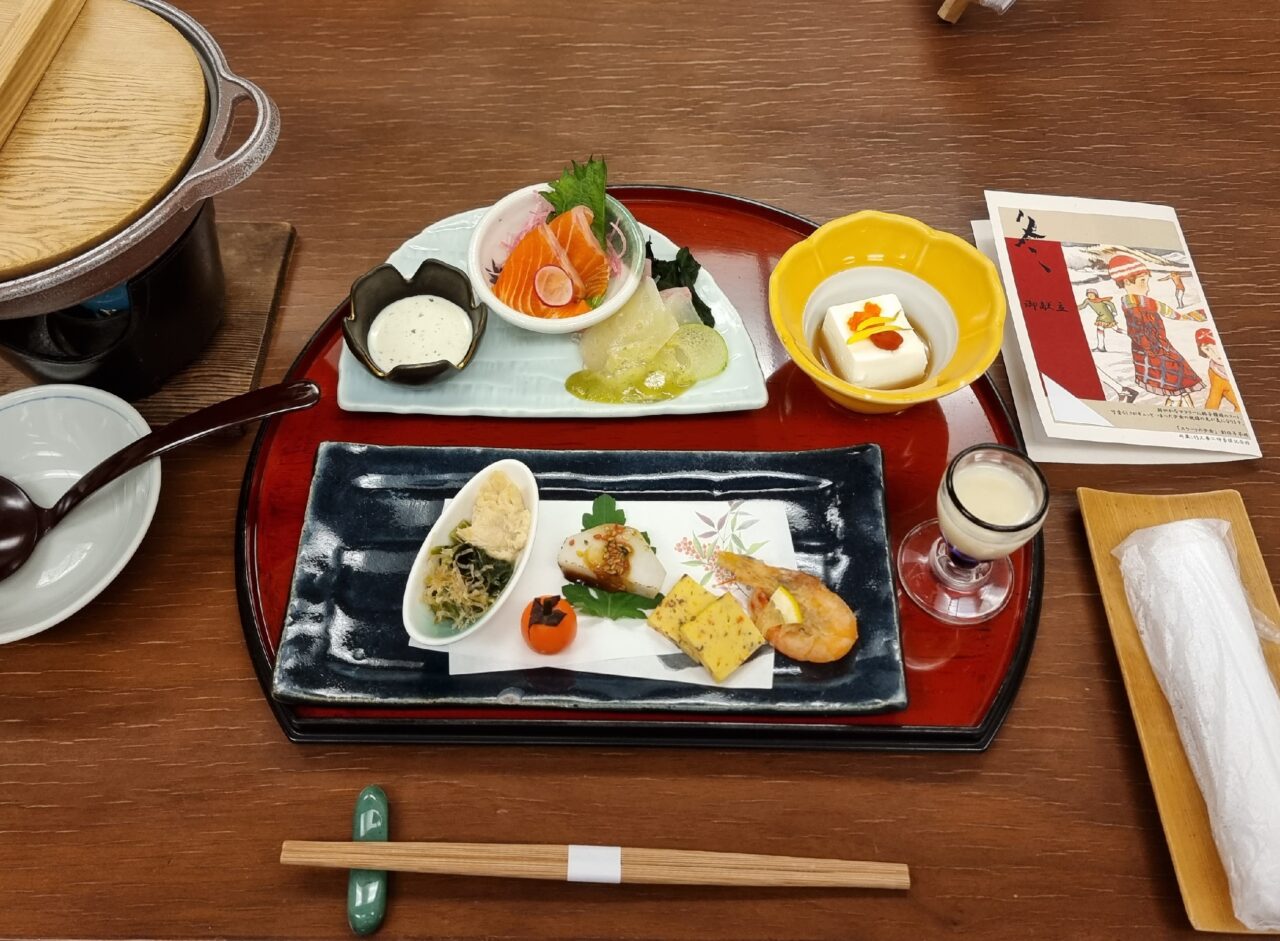
I received a happy message from one of my client.
Thank you!
The clients are a group of three friends.
They enjoyed their trip to Japan, including a traditional Japanese onsen ryokan.
The nice photos were taken by the customer.
・・・・・
Ich möchte mich erst mal sehr bei Ihnen und der Osaka/Kyoto-Reiseführerin für den tollen aufenhalt in ihrem wunderschönen Land danken. Für mich war es eine sehr tolle erfahrung un d ich weiß jetzt schon das ich ich wieder ihr tolles land besuchen werde.
Gerne werde ich mich wieder an sie wenden wenn ich ich wieder nach Japan kommen möchte, denn Ihre vorbereitungen waren wundervoll und immer sehr gut vorbereitet. Auch wenn es hin und wieder zu verständigungsprobleme gekommen ist haben sie alles immer sehr gut organisiert und sich um unser wohl sorgen gemacht, auch dafür bedanke ich mich sehr bei Ihnen.
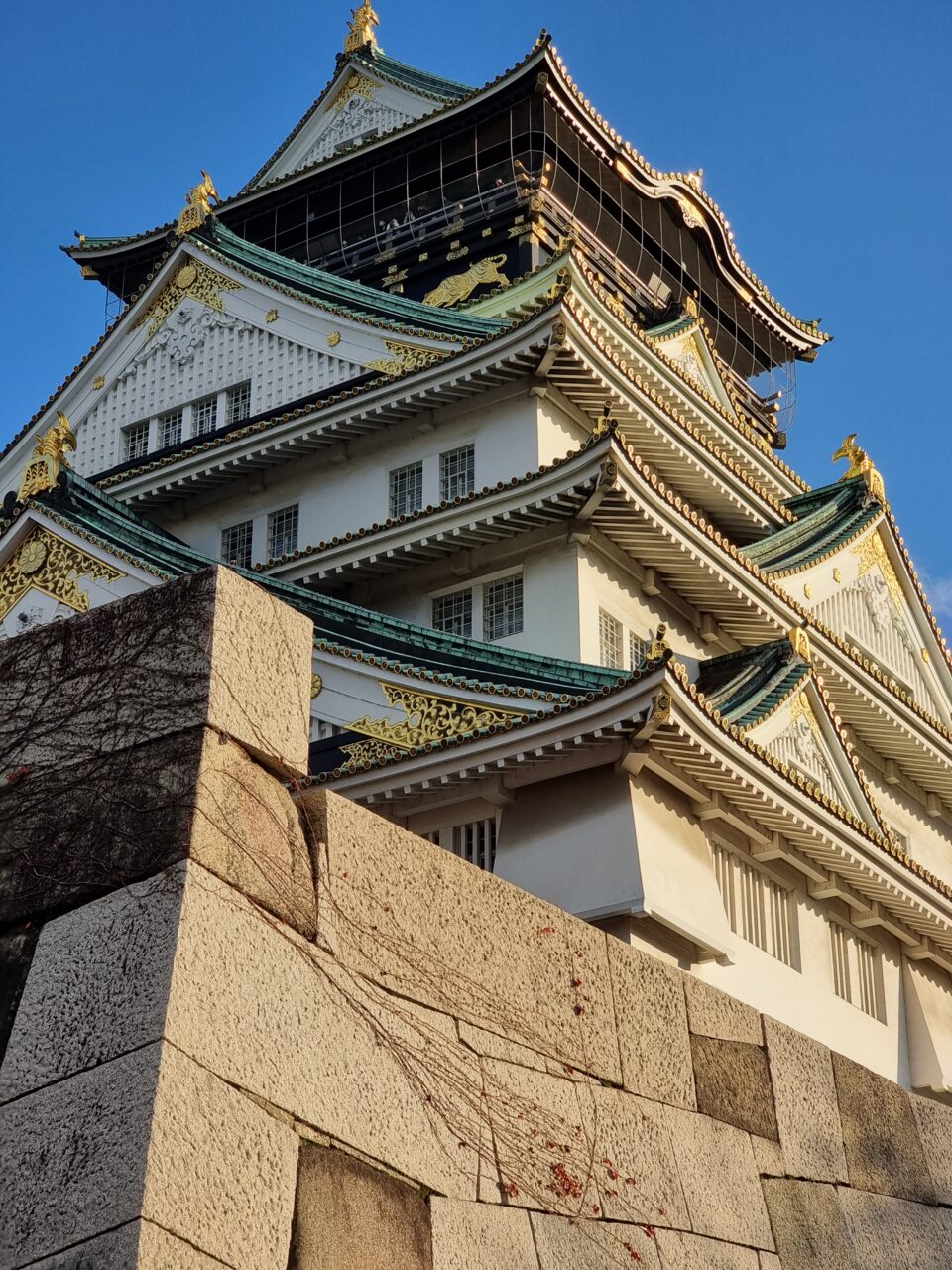
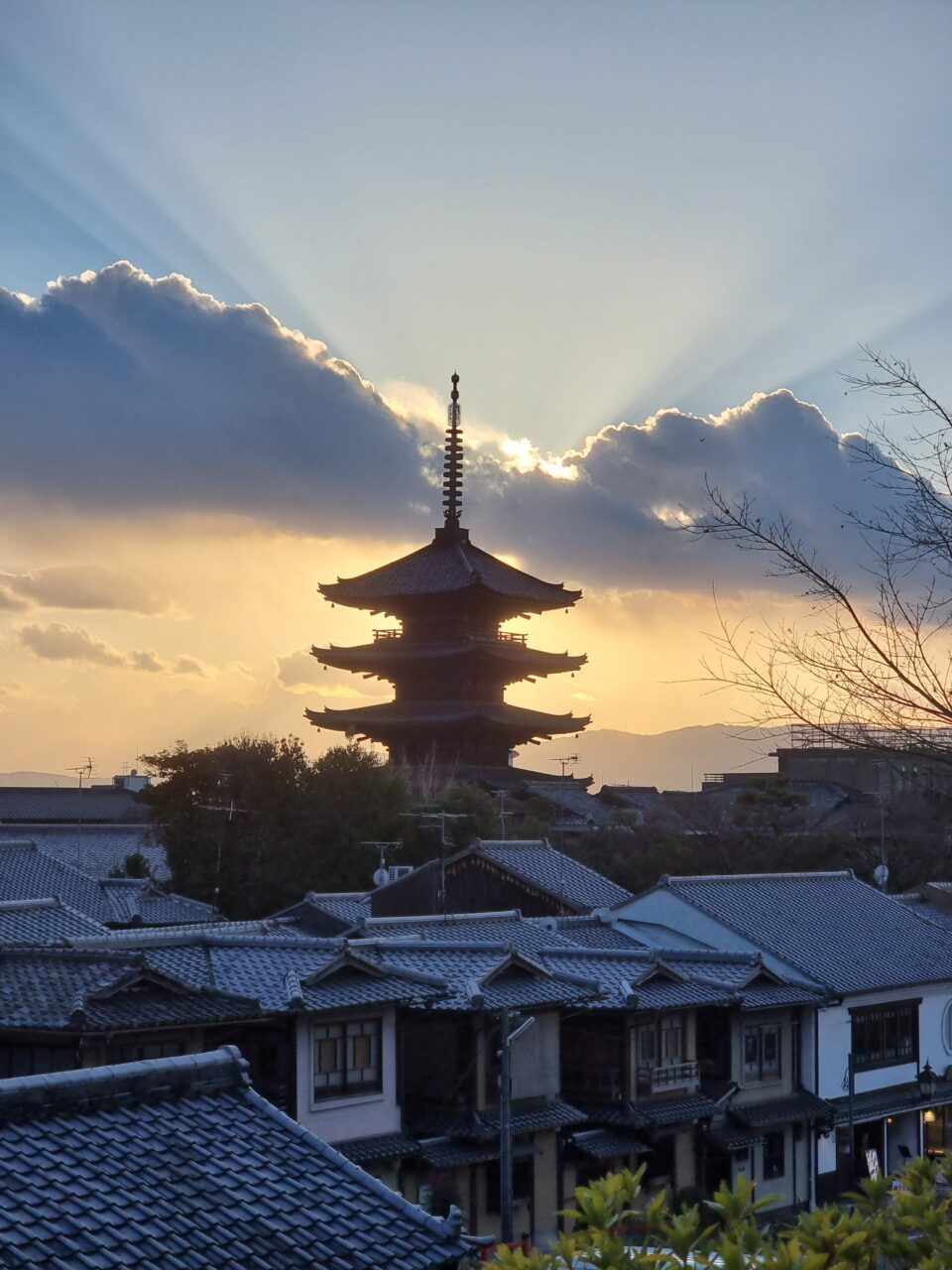
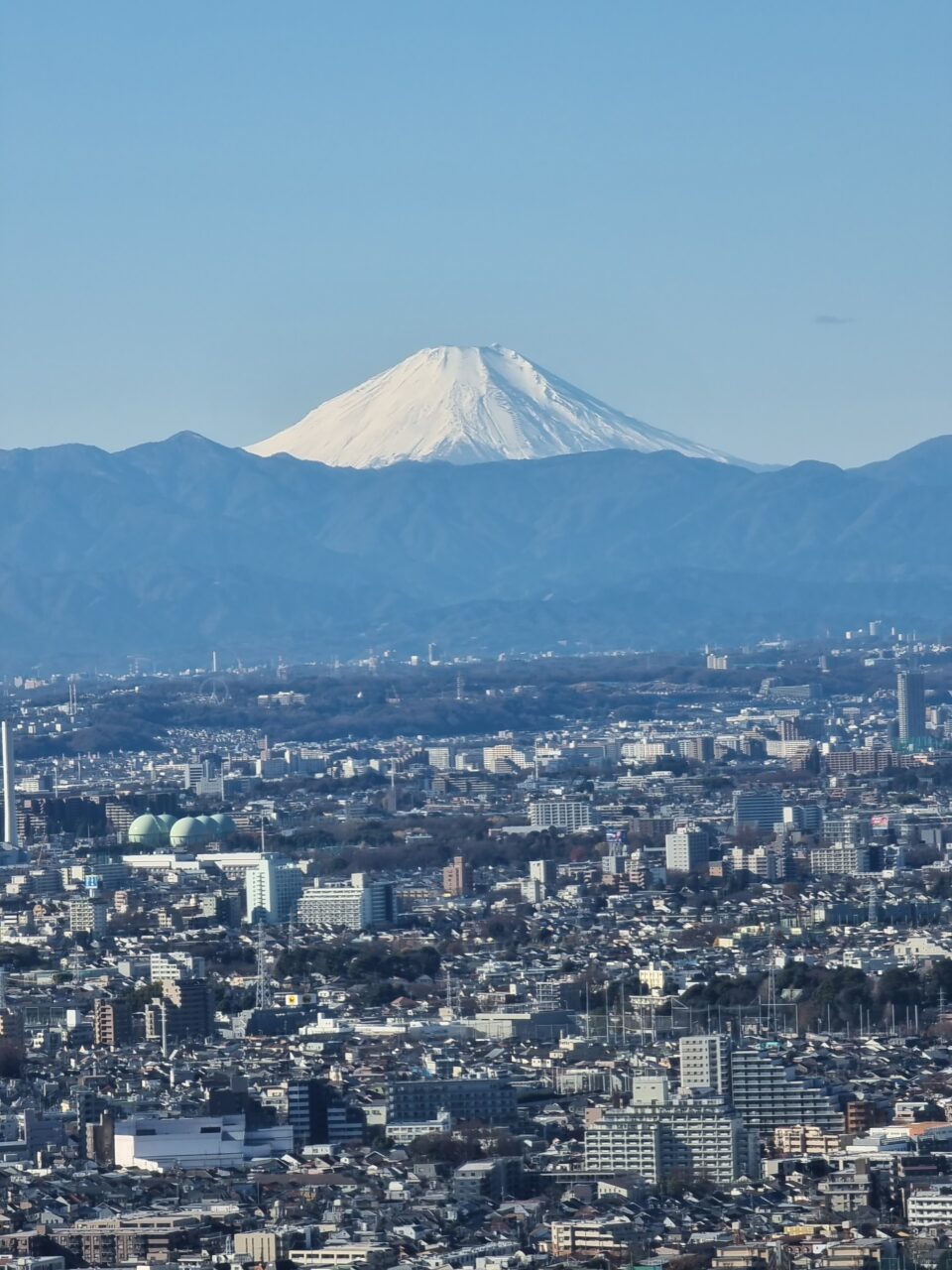

Japanese-style ryokan are charming and nice, but there are manners to be aware of.
Even Japanese people (especially young people) may not know the manners if they do not have a chance to stay at a ryokan.
If you have any questions, don’t be shy to ask the ryokan staff.
Let’s start with an explanation of tatami rooms.
It is natural to take off your shoes and slippers before entering the room, but please do not put your bag with wheels on the tatami.
Tatami will be damaged and replacing tatami will cost a lot of money.
It is best to place them on wooden flooring or in the entrance space.
The space slightly higher than the tatami where a vase or a hanging scroll is hung is called “Tokonoma” (alcove) and is a shelf for decoration.
It is bad manners to put your bag here.
Most of the time, flowers are arranged and the room is clean, so it is best to look at them and enjoy them.
A tea set is provided on the table.
Put the tea leaves in a Kyusu (teapot), pour hot water, wait a little, and pour it into Yunomi (cup).
If there is a container with a hole in it, it is used to store used tea leaves.
There are usually sweets available, so don’t hesitate to eat them.
Nakai-san (ryokan room attendants) sometimes come to your room, so it would be embarrassing if you leave your belongings in a mess.
It is a good idea to leave valuables in the safe.
Futons are prepared by Nakai-san when guests are not in their rooms for bath or meals.
Sleeping on futons on tatami mats is a unique feature of Japanese-style rooms.
You do not need to put the futon away after you have finished using it.
At ryokans, all guests wear yukata (light cotton kimono).
A yukata, obi, and, depending on the season, a tanzen (jacket) are provided in the room.
The yukata is like a uniform in a ryokan, and is worn in the room, when sleeping, and even when going to the bath.
Yukata is worn in the room, when sleeping, and even when going to the bath.
Most ryokans are fine to wear a yukata for meals as well, but in rare cases, it is not allowed in high-class ryokans.
Yukatas are the property of the ryokan, and should be folded near the futon before checking out.
Amenities include hand towels with the ryokan’s name on them and a toothbrush set.
Towels with the ryokan’s name and toothbrushes can be taken home with you.
However, large items such as bath towels are ryokan equipment and should be returned after use.
Tipping is also not a common practice these days, but my grandmother used to give a 1,000-yen bill wrapped in a piece of paper to the Nakai-san.
Perhaps because I was small, she thought it would cause trouble for the ryokan.
In Japan, there is also a culture of “Kokorozuke” (Tipping).
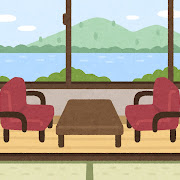
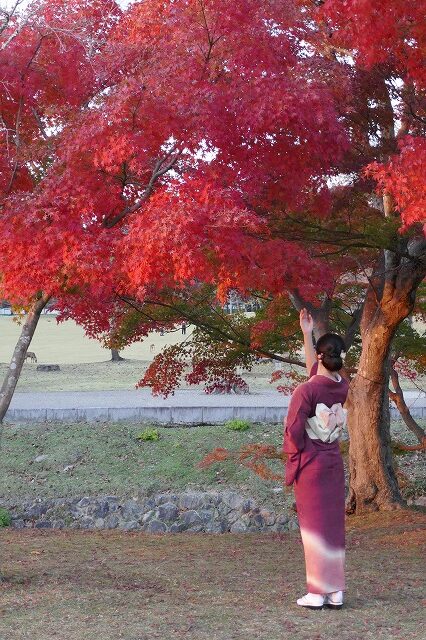
I received a happy message from one of my client.
Thank you!
Due to the coronavirus situation, Japan has long had restrictions on accepting foreign travelers, but these have finally been relaxed.
We had a few ZOOM conversations about how to enter Japan, etc., and then she applied for a trip to Japan.
This customer is a woman traveling alone.
It was her first time in Japan, but she liked it very much.
She was able to enjoy Japan in autumn.
The nice photos were taken by the customer.
・・・・・
Es war heute ein wunderschöner und interessanter Tag, an dem ich schon so viel gesehen habe, dank Ihrer Planung und Energie.
Vielen Dank nochmal, auch für sämtliche Erklärungen, Reservierungen und Fürsorge, dass ich auch die ganze Zeit hier in Japan gut organisiert bin und überall einfach hinkomme. Sie haben absolut an alles gedacht!
Dank der wunderbaren Organisation, Fürsorge und Voraussicht verbringe ich einen sehr „easy-going“ Urlaub.
Ich fühle mich sehr wohl hier in Japan.

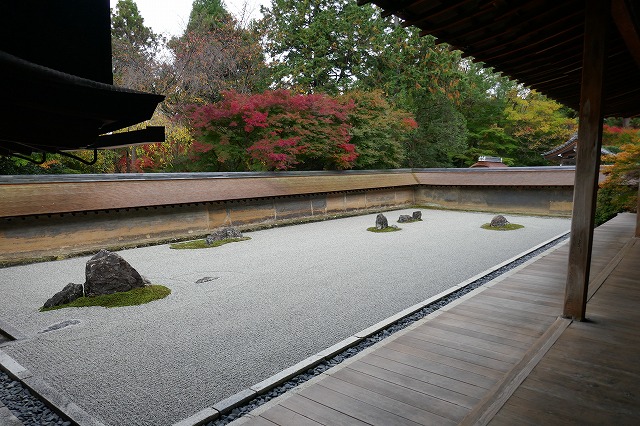
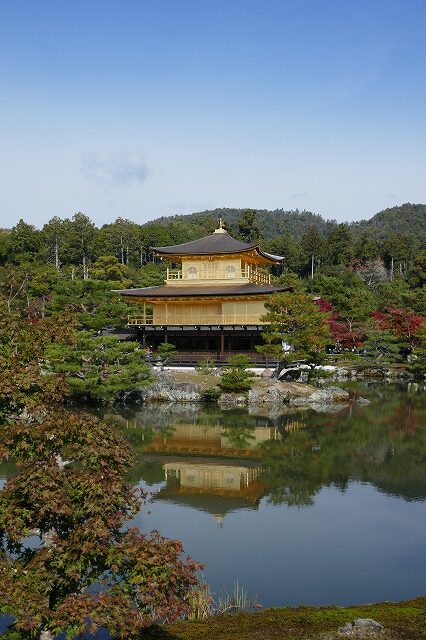
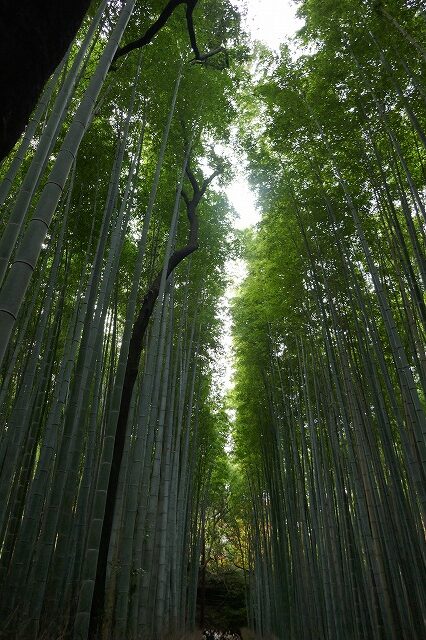
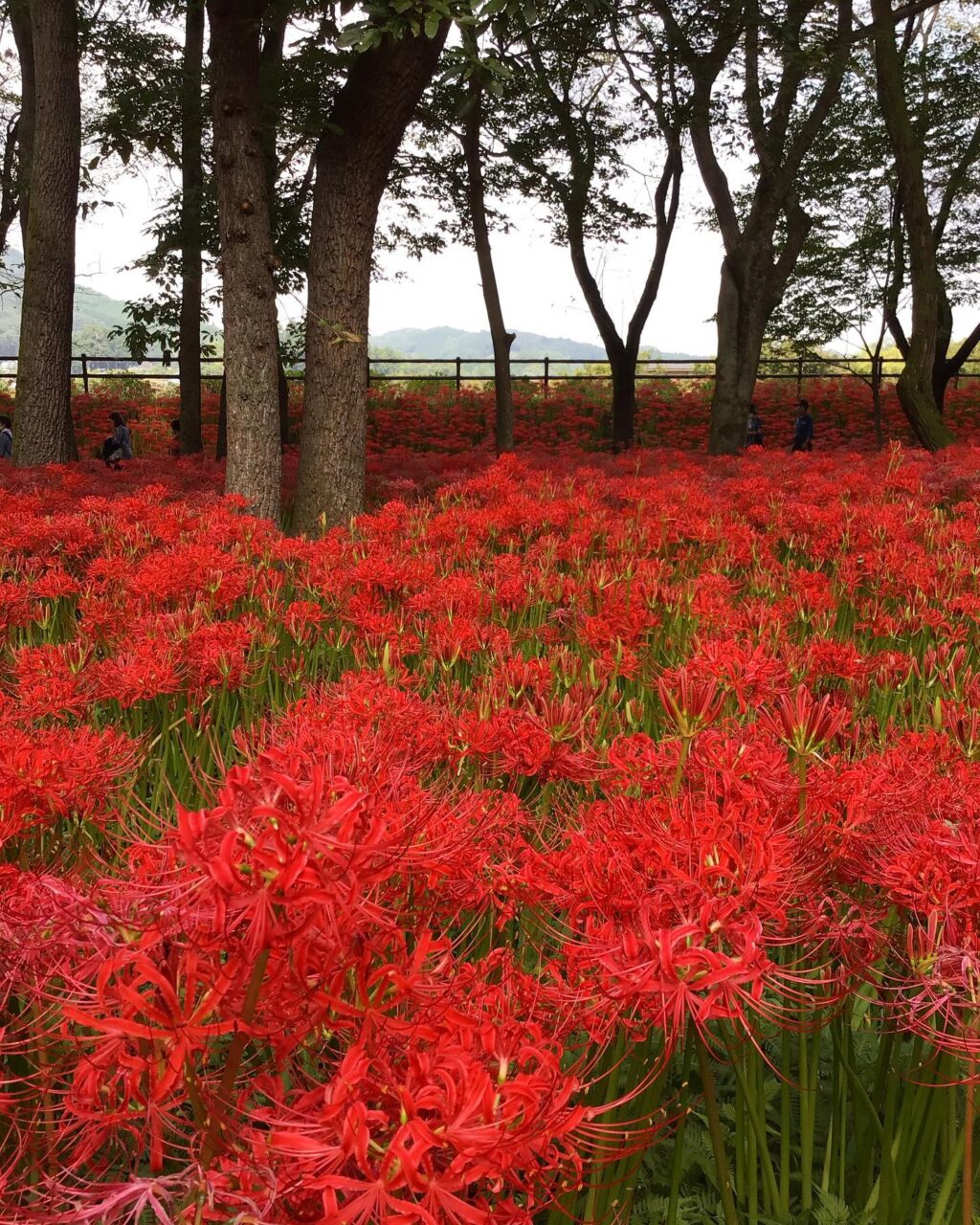
Kinchakuda is a park located in Saitama Prefecture. Kinchaku means a bag with a narrow top. It is so called because the topography resembles a Kinchaku.
To get there, take the Seibu Line from Ikebukuro in the direction of Chichibu. The nearest station is called Koma.
Koma has a history of being settled in 716 by people from Koukuri (a country that used to be on the Korean Peninsula).
That was about 1300 years ago.
Kinchakuda is famous for its Higanbana(Lycoris radiata), which bloom in late September each year, numbering about 5 million. The entire area becomes like a red carpet.
In other seasons, you can enjoy cherry blossoms and rape blossoms, and hiking is also available, making it a good place to visit from Tokyo on weekends.
By the way, due to the corona pandemic, Higanbana have been mowed down for the second year in a row.
For safety reasons, this was done to keep everyone from coming, since every year many people come to see the flowers that look like a red carpet.
The locals are very proud of their hordes of Higanbana, so it saddens me to think how they must have felt when they mowed the flowers.
And this September, for the first time in many years, the Higanbana were open to the public.
Higanbana at Kinchakuda, which has not been seen for a long time, is as beautiful as before.
An admission fee of 500 yen is required only when Higanbana is in bloom. Body temperature measurement and hand sanitizing are also conducted at the entrance.
Then, in the park, each person should take care of each other by wearing a mask and taking social distance.
Higanbana bloom for only a week or so, and its blooming time depends on the weather.
If you are near Tokyo or Saitama at this time of year, it is best to check the information on the blooming of Higanbana before you visit.
It is recommended that you plan your trip leisurely.

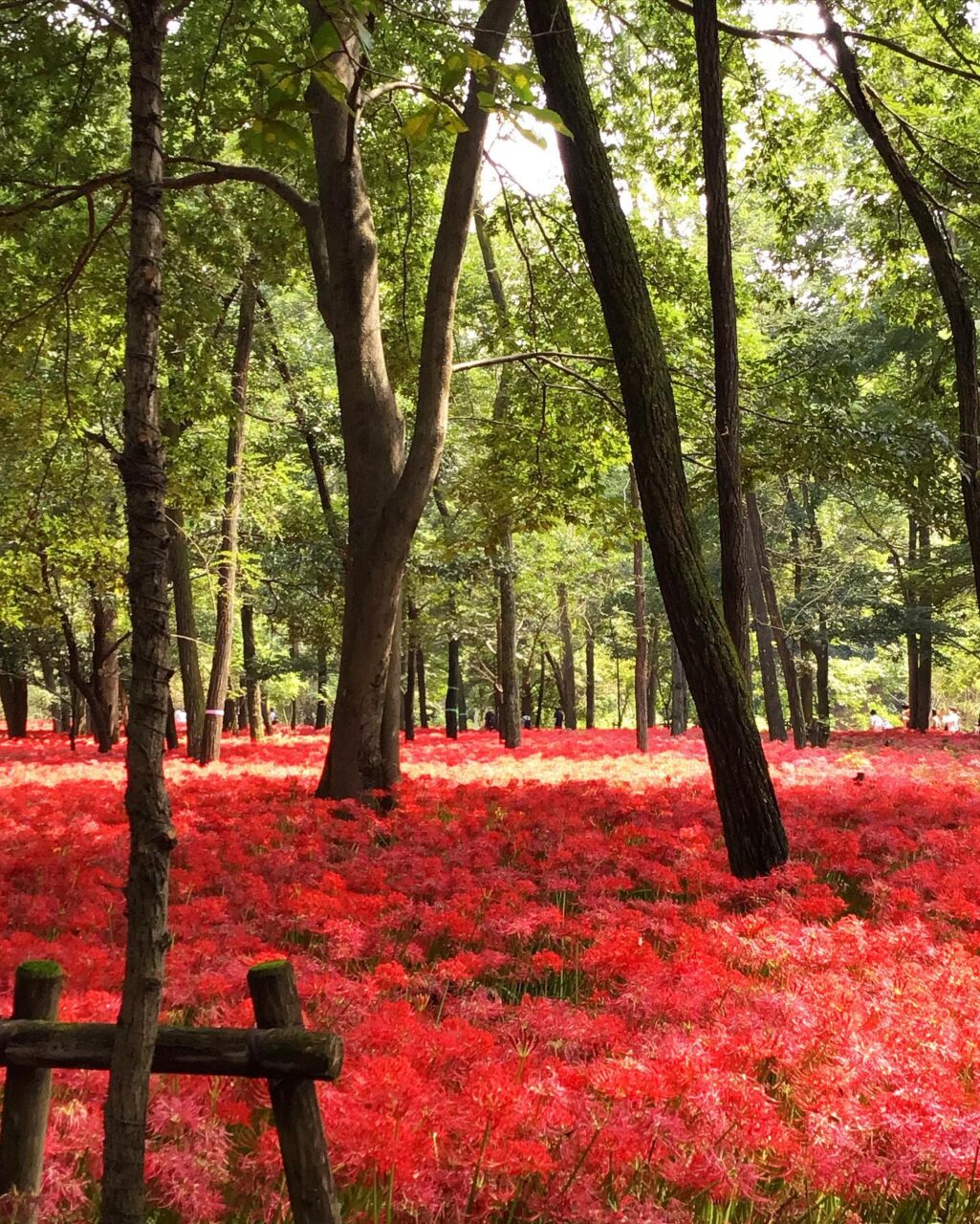
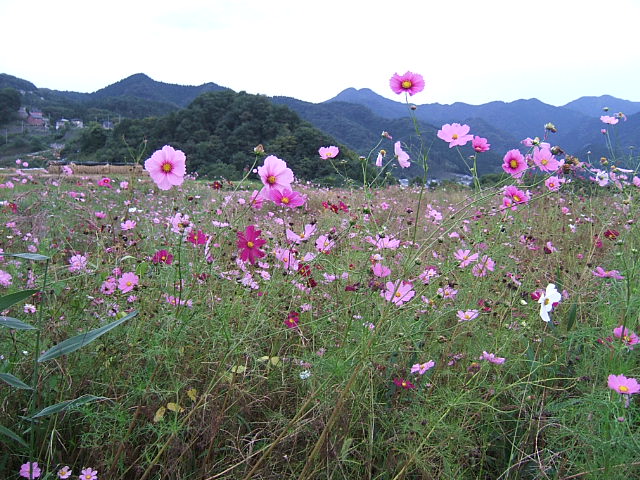
** Addendum to September 12 → Even now(20.SEP) there is still no new information about it.
Today we have received more news.
The lifting of the cap on the number of visitors per day to Japan, the lifting of the ban on individual travel, and the visa waiver for visitors to Japan are being considered.
But don’t panic, because all kinds of backlash can be expected. Please wait for official information.
************
!! Please do not be misled by the Fake News about Individual Travel without a tour guide. !!
As of September 7, the following Japanese government guidelines are in effect.
1 A travel agency licensed in Japan will create an itinerary that takes into account the prevention of corona infection. It is not possible to change the itinerary on the spot according to the traveler’s will.
2 A licensed Japanese travel agency or their partner travel agency in the home country will arrange round-trip tickets and arrange accommodations in advance.
3 Travel agencies will inform travelers in advance of the thoroughness of infection control measures and the purchase of private travel insurance and obtain their consent.
4 You must always maintain contact between the travel agent and travelers and keep them informed of your movements.
5 If a traveler is infected with Corona, the travel agency should inform the travelers of the correct behavior and take them to a medical facility for consultation if necessary.
Travelers coming to Japan must book not only hotels but also airline tickets through travel agencies.
The travel agency then issues a document called an ERFS, and the traveler goes to the Japanese Embassy with this document and their passport.
This is best done a month before the trip. It would have to be at least two weeks. Embassy work takes time. Please also note that currently embassies can only be visited by appointment.
!! This information was added on the latest!!!
It is possible for a licensed foreign travel agency and a licensed Japanese travel agency to work together.
But not everything can be arranged by a foreign travel agency.
In simple terms, a foreign travel agency arranges airline tickets and Japan Rail Passes.
Japanese travel agencies then arrange hotels, guides and restaurants.
And both travel agencies always share information about their customers to help them travel safely.
Travelers cannot book hotels or even airline tickets themselves. They cannot book directly with airlines or through OTAs (such as Opodo, Expedia, etc.). Entry into Japan may otherwise be denied.
The guidelines may change in the future.
Dear Japan lovers, please do not panic.
Please get the right information.
I am working with my business partner in Vienna, Japan Plus Touristik.
We hope that everyone who loves Japan will feel comfortable here.
Japan is always waiting for you.
Mag.Mariko SUGIE
Kaguya Travel Agency LLC
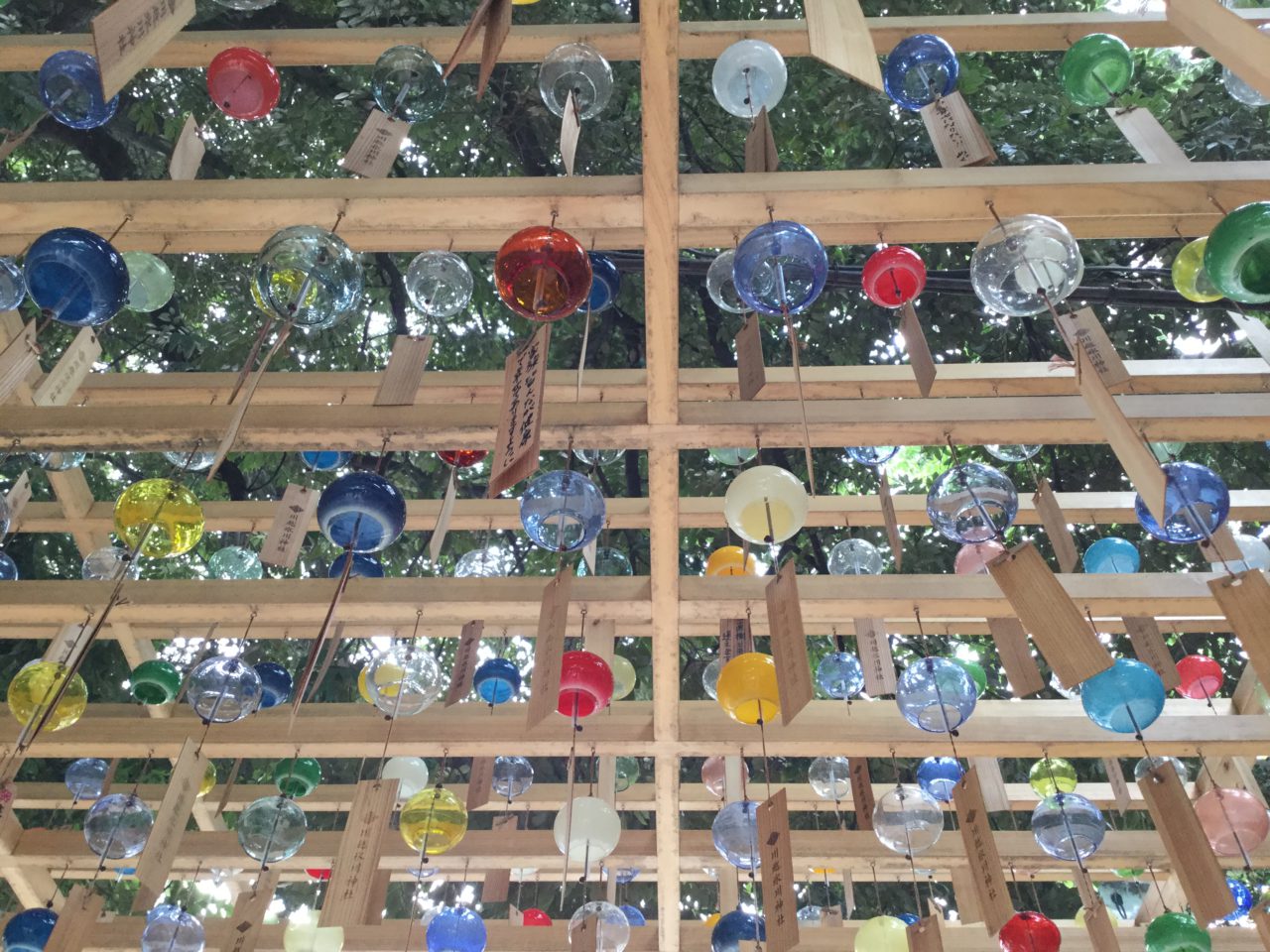
For all who are planning a trip to Japan.
Japanese group travel has resumed.
Only travel agencies registered with the Japanese Government Quarantine System (ERFS) are allowed to receive foreign visitors.
It is also mandatory to be accompanied by a tour guide during the trip.
Wearing a mask and purchasing travel insurance are also mandatory.
First of all, only approved Japanese travel agencies can register with ERFS.
My small travel agency is one of them.
And the tour guide to accompany the trip does not have to be a qualified Japanese tour guide.
However, they must speak perfect Japanese and be able to contact the authorities.
Of course, I can also arrange for a tour guide.
Last week, my small travel agency registered with the ERFS system.
I can issue an “acceptance certificate” for you and your clients.
Those who receive the certificate will be processed individually for a visa.
It takes 5 business days (or longer) to issue a visa.
Group tours can take place with a minimum of one person. Since a tour guide is required, this would be expensive but good for sightseeing trips, etc.
I can plan trips for you to all areas of Japan, including places that are not so well known as destinations. Because of the Corona pandemic, some things have changed in Japan regarding tourism, but you don’t have to worry. I can personally see the situation in the various travel areas and give you the best possible advice.
Mag.Mariko SUGIE
Kaguya Reisebüro LLC
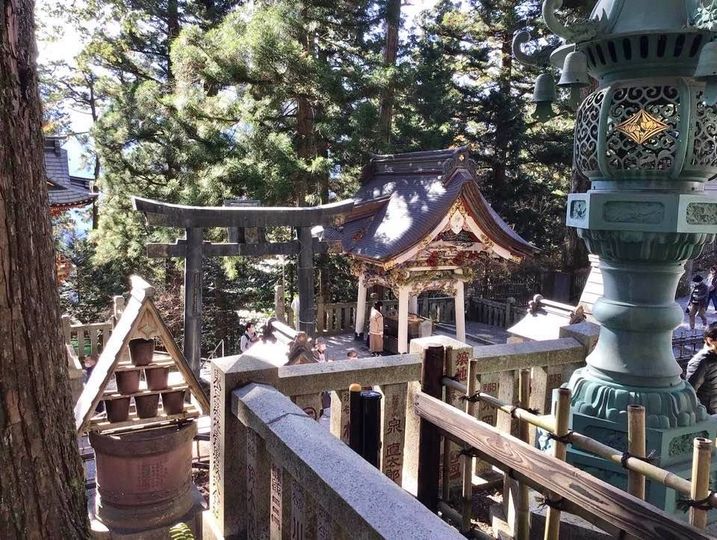
There are many temples and shrines in Japan. Do you know what the differences are?
Simply put, they differ in religion.
Temples are Buddhist institutions, while shrines are Shinto institutions.
There are about 77,000 Buddhist religious organizations and 86,000 Shinto religious organizations.
These figures do not include small, locally managed organizations.
In Japan, Shinto is older than Buddhism.
It is what is called animism, in which the sun, moon, fire, water, and other common objects are the objects of worship.
Prayers for a good harvest are especially important.
At shrines, there are priests wearing white kimonos and blue, purple, or white hakama (old Japanese pants), and miko (female priests’ assistants) wearing white kimonos and red hakama.
Incidentally, the highest-ranking priest is the emperor.
The torii gate at the entrance of a shrine is another sign that it is a shrine.
The method of worship is to bow twice, clap twice, and bow once before the God.
Most shrines use this method of worship, although the method differs in Izumo and other areas.
It is said that Buddhism was introduced to Japan around the 6th century.
At that time, Japan already had Shintoism, so Buddhism was a new religion that came from abroad.
Buddhism is based on the belief in Buddha.
In temples, there are priests wearing black kimonos. Depending on the sect, they may be skinheads.
People often think of Buddhism as “Zen,” but Zen Buddhism is one type of Buddhism.
Buddhism is something much larger.
The manner of worship is to bow in front of the Buddha statue, then join hands, and bow once again.
No Kashiwa-de (clapping hands) are used.
By the way, some Japanese often say that the Japanese are not religious, but there is an interesting statistic.
According to the Japanese government’s 2020 statistics, there are 87,924,087 Shintoists and 83,971,139 Buddhist believers.
The total for both is 171,895,226.
And the population of Japan is about 125,710,000.
The total number of Shinto and Buddhist believers is greater than the population.
Professor Tsunetada Mayumi, from whom I learned Shinto, said, “Shinto is not a religion, but a tradition”.
Shinto has been in Japan for so long that it has become so ingrained in the way of thinking and living that the Japanese themselves are unaware of it.
And it is very natural for Japanese people to believe in Buddhism and Shinto at the same time.

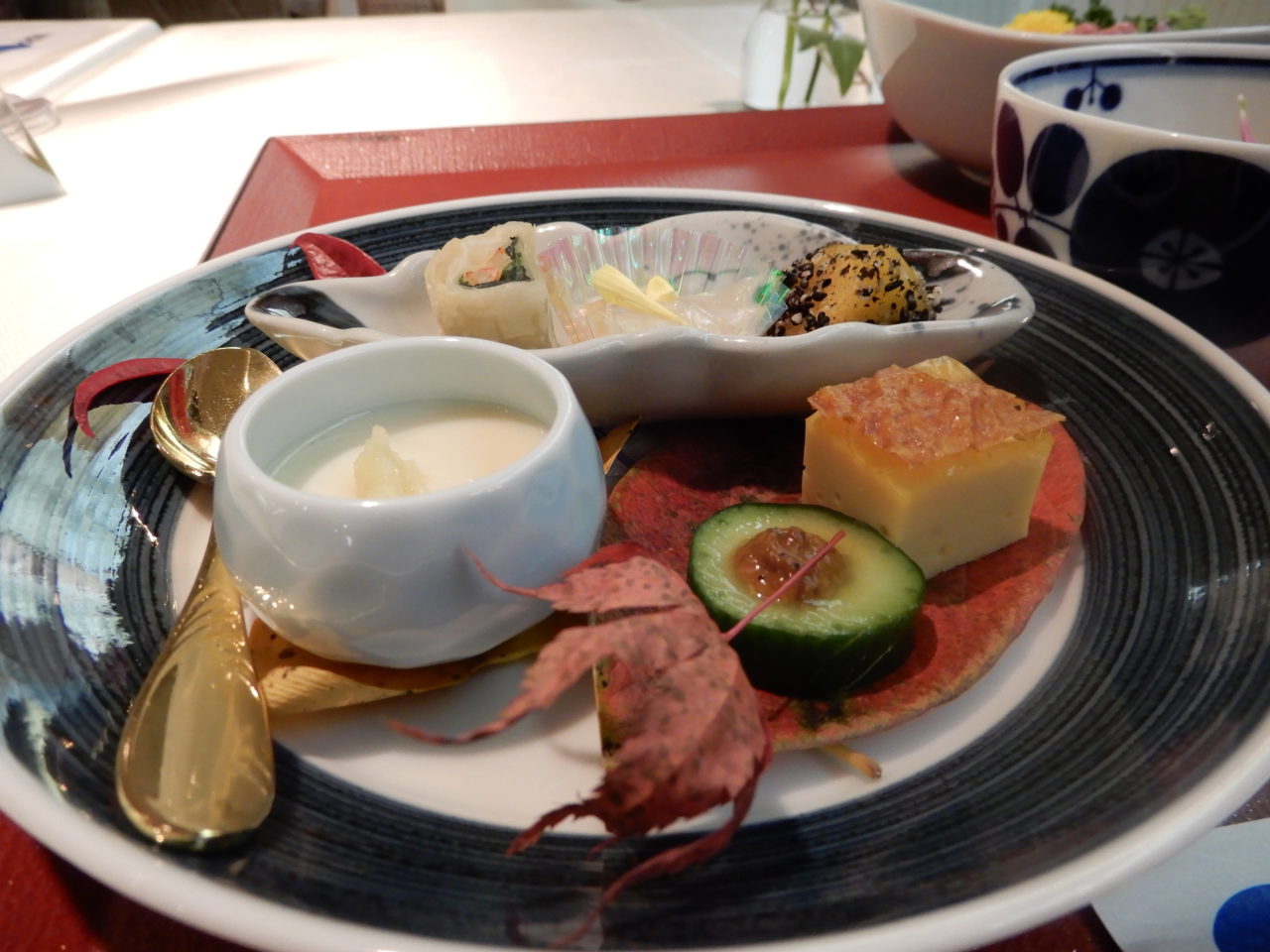
The Nippon Maru is well known for its delicious food. Since it is a Japanese ship, the Japanese food is of course highly recommended, but the Western food is also of a high standard and in no way inferior to the traditional dishes. Many of the dishes are prepared with specialties from the ports of call, which only makes your cruise all the more memorable. So look forward to it!
If you suffer from food allergies, you can inform the crew in advance. The kitchen will gladly take this into consideration. Unlike European restaurants, however, “likes and dislikes” cannot be taken into account, because in Japan “you eat what’s on the table”. That is the Japanese way.
You can always order alcoholic beverages to accompany your meal for a reasonable additional charge. Both wine and sake are selected to pair well with the menu on board. So feel free to try them out! House wine is also served, which is quite affordable and highly recommended.
Also, if you get hungry at night, you can have a small midnight snack on board. The snacks are also delicious. For example, refreshing udon noodles are offered. But you shouldn’t eat too much, not that you won’t feel hungry for the wonderful breakfast the next morning!
There are also several cafes on the ship. Each café has its own opening hours, so be sure to check them out in advance in the ship’s newspaper. In the cafes you can buy both snacks and drinks. Again, though, be careful not to eat too much so that you have enough left over for your main meals!
At this point, I would like to give you some personal advice: I myself got seasick once aboard the Nippon Maru and was unable to eat any of the meals. So if you get seasick, it is advisable to bring your own medicine! I still regret very much that I forgot mine at that time….
Click here for information on the Nippon Maru!
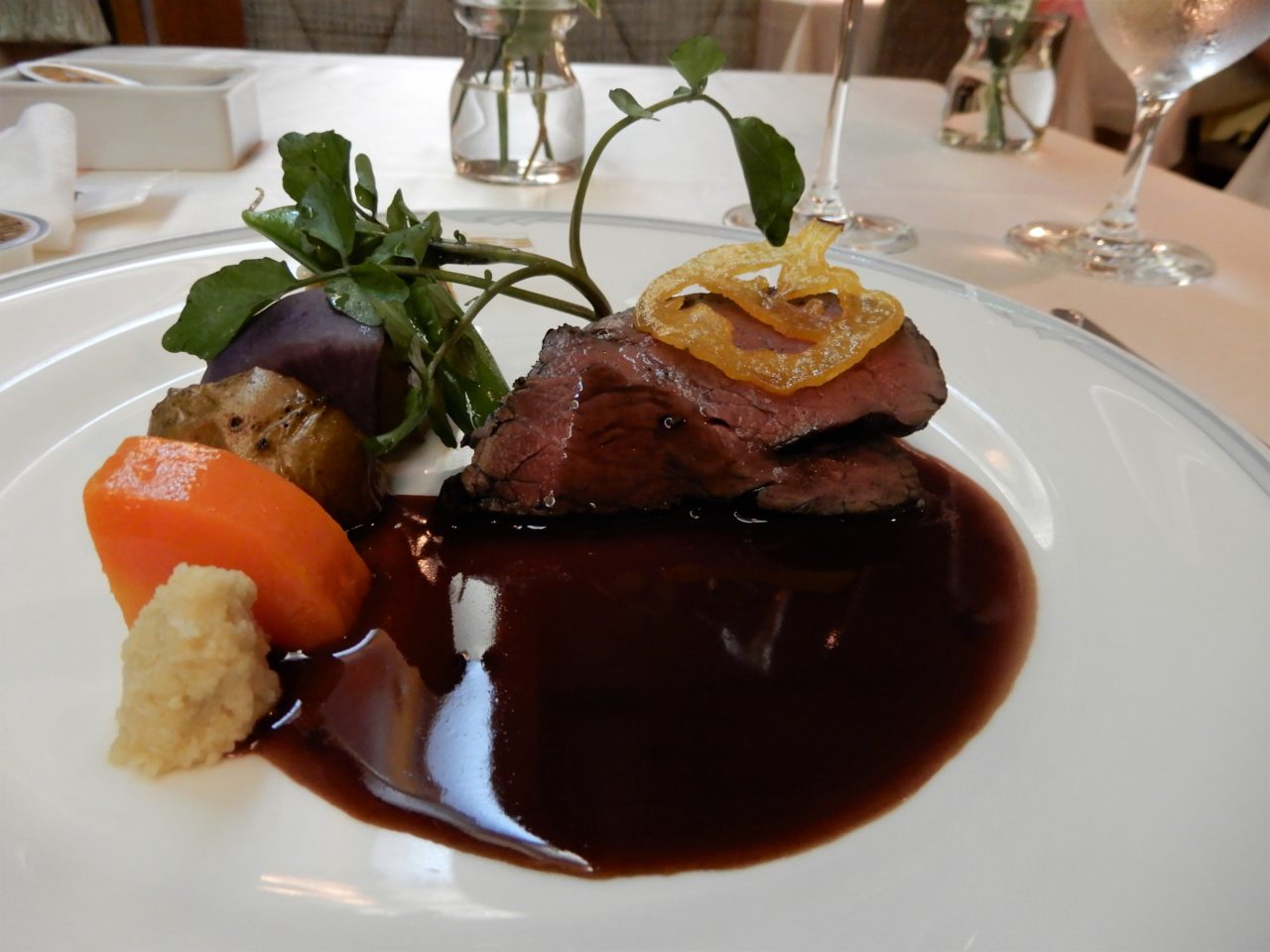
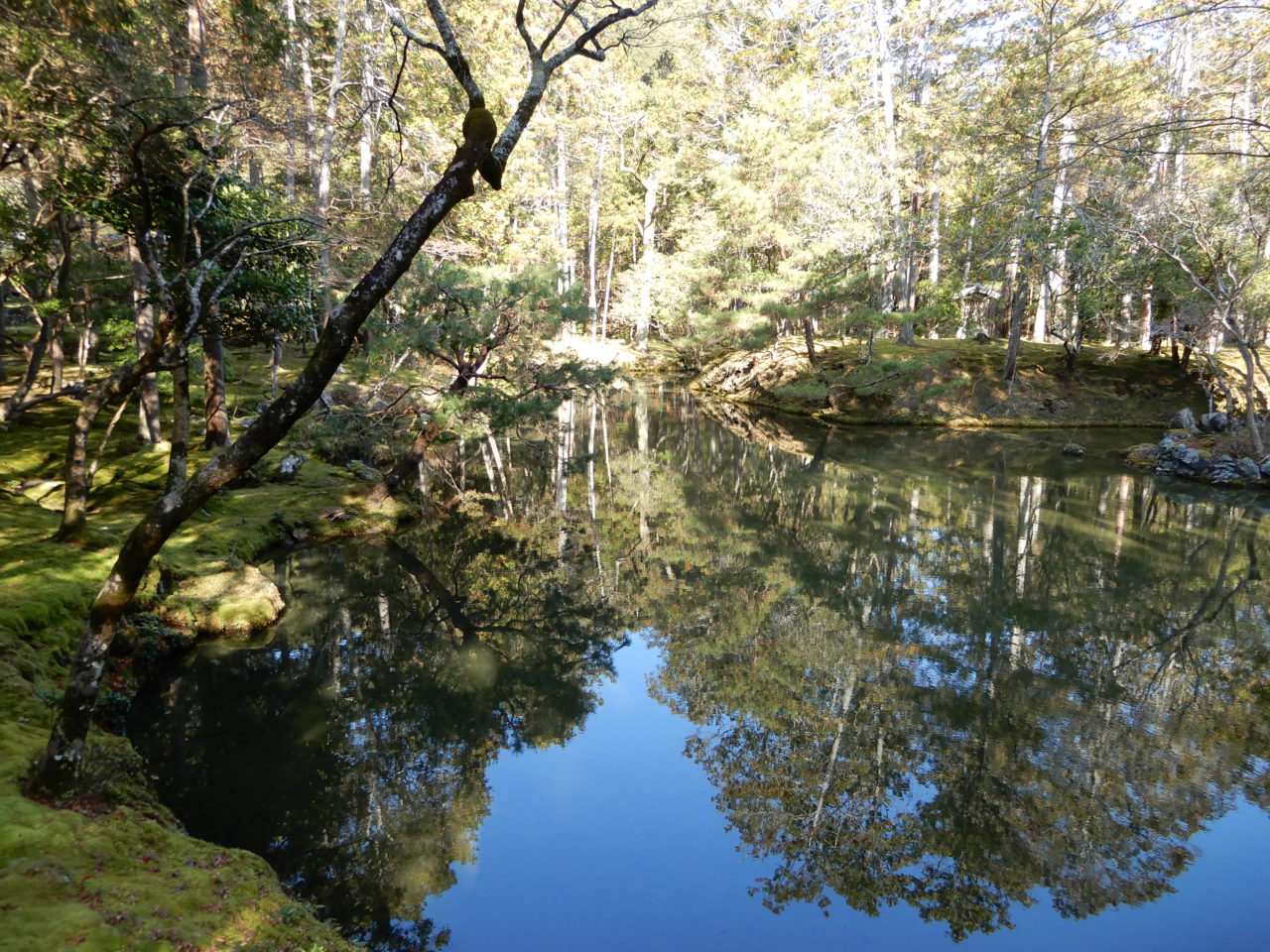
Kyoto has 17 World Heritage cultural properties, one of which is Saihoji.
The nickname for this temple is “KOKEDERA(Moss Temple)”.
This is because there is a very beautiful moss-covered Japanese garden here.
Visitors come to this temple on the outskirts of Kyoto for its beautiful garden.
KOKEDERA is a Zen temple, and before seeing the garden, visitors first do sutra copying and pray to the Buddha.
And the gardens are beautifully maintained, and people enjoy strolling through them.
Only people with reservations are allowed to visit this beautiful temple.
Making a reservation is difficult, and during the tourist season, it becomes even more difficult.
In the past, this temple could be visited at any time, just like any other temple.
However, too many tourists caused damage to the beautiful garden.
Furthermore, noise is not appropriate for this quiet temple.
And now only those who have made reservations can come here.
However, there are a few days a year when child visits are possible.
In this way, KOKEDERA maintains its elegance.
My small travel agency can help you with reservations and explain the etiquette.
Reservations are difficult to make, but can be challenging.
Concierge for your travel



Because of Corona, cruise ships have developed a negative image in Japan, which is unfortunate, but it is also true that they have a strong following.
The Nippon Maru used to sail around the world, but now it cruises around Japan.
Most of the clients are older Japanese. They are cruise fans.
Cruise lines take all possible measures to protect their customers from corona.
What a surprise, twice a corona test! Despite the fact that most of the clients have been vaccinated!
First, about a week before boarding the ship, you will have your first inspection. A test kit is sent to your home.
And on embarkation day, the clients first go to the Rose Hotel in Yokohama.
This is also the corona testing area, where everybody waits for the test results.
A delicious Chinese lunch box will be served, and a quartet of musicians perform.
The staff of the Nippon Maru all wear masks and face shields at the same time, and there are disinfectants throughout the ship.
Of course, all the clients wore masks.
There are two dining rooms on board, as well as cafes where you can relax, but all of them keep a good distance from each other.
Every infection control measure you can think of has been taken.
And when it comes to cruise travel, food is very important.
I was very pleased with the food on the Nippon Maru.
The staff who serve us are also very kind. They are Japanese and Filipinos, and of course they speak good Japanese.
The wine selection is done by the famous sommelier Shinya Tasaki.
I was fortunate enough to hear Mr. Tasaki speak at an onboard event.
He does his best work by discussing with the Nippon Maru chefs.
Of course, the chefs provide their clients with the best cuisine.
Japan is an island nation, and cruise travel takes advantage of that.
My small travel agency makes arrangements for the Nippon Maru.
All the documents are in Japanese, but I can help my clients.
You can talk to me about anything that concerns you.
Japan Cruise on the Nippon Maru













